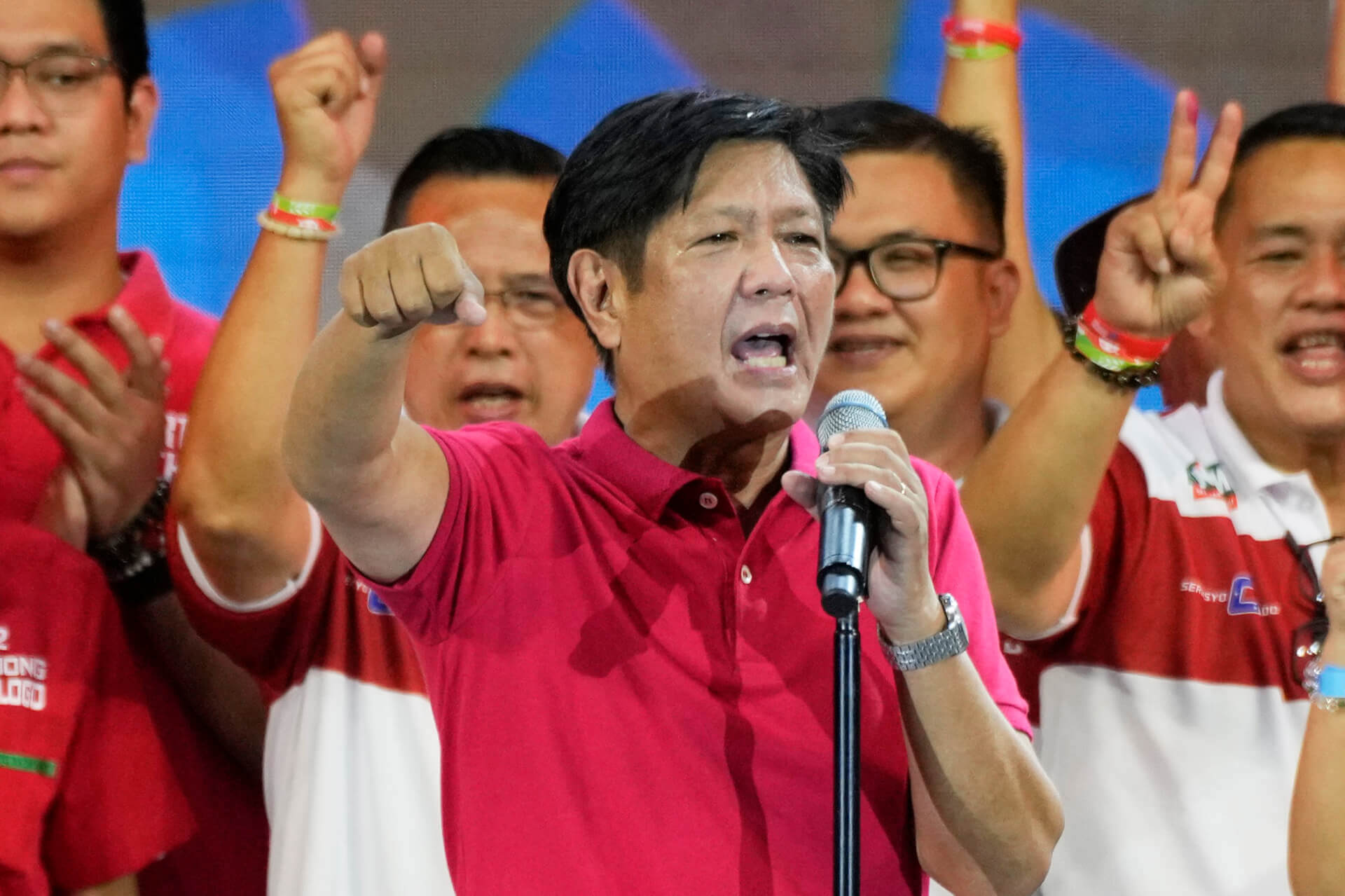Philippine President Ferdinand Marcos Jr said on Monday that he cannot envision not having the United States (US) as a partner, in a marked departure from his predecessor Rodrigo Duterte, who repeatedly threatened to tear up the Visiting Forces Agreement (VFA).
“It is very clear to me, in my vision for the way that the country will move forward, that I cannot see the Philippines in the future without having the United States as a partner,” Marcos said during an economic forum at the New York Stock Exchange (NYSE). “When we are in crisis, we look to the United States,” he stressed. The Philippines’ president, who is currently in New York to attend the United Nations General Assembly (UNGA) leaders summit, added that he sees a “further strengthening” of political and economic ties with Washington.
Marcos’ statement reflects a key change from Duterte, who once publicly announced that the Philippines had “separated” from the US and aligned itself with China.
President Ferdinand Marcos, Jr. said in his speech at the New York Stock Exchange on Monday that the Philippines would continue to partner with the United States in trade and business. #Philippines #US #NewYorkStockExchange #PBBM #trending #viralvideo #theworldreviews pic.twitter.com/uutW2xZKRx
— The World Reviews (@tworldreviews) September 20, 2022
Throughout his presidency, Duterte strived to improve ties with China, particularly during the COVID-19 pandemic. In order to do so, he also attempted to set aside the historic territorial spat in exchange for millions of free doses of Chinese COVID-19 vaccines and Beijing’s promise of billions of dollars in loans, aid, and investment.
Last May, the former president also issued a gag order on his cabinet preventing his ministers from talking about the South China Sea (SCS) dispute in public. “China remains to be our benefactor. Just because we have a conflict with China does not mean to say that we have to be rude and disrespectful,” Duterte said. This came just under a year after he admitted that he could not afford to engage in a military confrontation with China, which he said is already “in possession” of the disputed waters.
Simultaneously, Duterte time and again threatened to revoke the VFA, a crucial military pact governing the presence of the US troops in the Philippines, though he backtracked each time.
Marcos, on the other hand, seems to be following through on his intentions of maintaining a strong alliance with the US. In May, the leader had said that he was considering “extending” and “redefining” the VFA due to the “changing environment” in the region. At the same time, he has also hinted that he will take a strong approach against Beijing by upholding the 2016 international ruling against its claims in the disputed SCS.
Progressives urged Ferdinand Marcos, Jr. to take a stand against China and its “irrational” claim to Philippine waters at the 77th United Nations General Assembly in New York on Tuesday, as this would impact the country’s food security.
— AlterMidya (@altermidya) September 20, 2022
Report from @bulatlat https://t.co/GV8cCCxOYy
In fact, as of last week, the Philippines had filed 52 protests against China over their dispute in the SCS in the first 70 days of the Marcos presidency. Bloomberg’s Andreo Calonzo has noted that this is “more than a tenth” of the 388 such protests lodged during Duterte’s six-year presidency.
Marcos has vowed to invoke the 2016 ruling by an international tribunal that upheld the legitimacy Philippines’ maritime claims against China. The Permanent Court of Arbitration denied China’s historic claims and ruled that they were “incompatible with the Convention” and “exceed(s) the limits of China’s maritime zones as provided for by the Convention.”
Although China has refused to abide by the ruling, Marcos has said, “We have a very important ruling in our favour and we will use it to continue to assert our territorial rights. It is not a claim. It is already our territorial right.” Prior to entering office, he vowed to take on China with a “firm voice” and pledged not to cede a “single millimetre of our maritime coastal rights.”
He has also made several thinly-veiled references to Chinese aggression during meetings with regional partners. For instance, during his meeting with Singaporean Prime Minister Lee Hsien Loong earlier this month, Marcos called for the “peaceful resolution of disputes without resorting to threat or use of force, in accordance with international law.”

